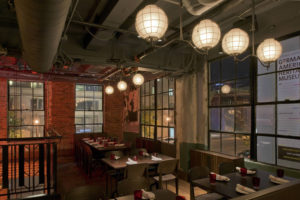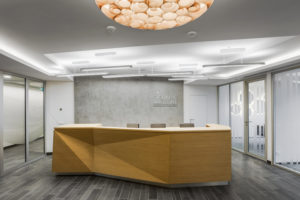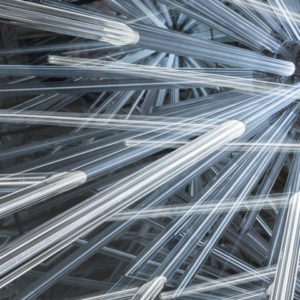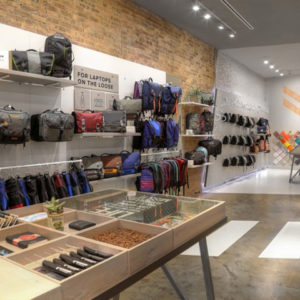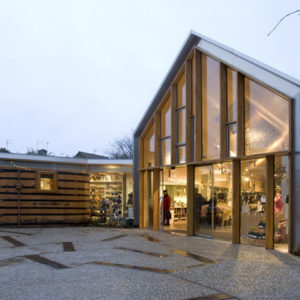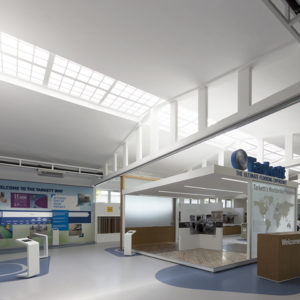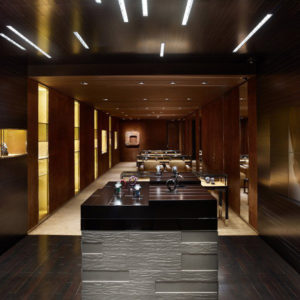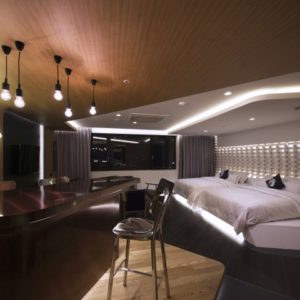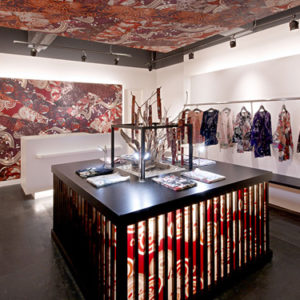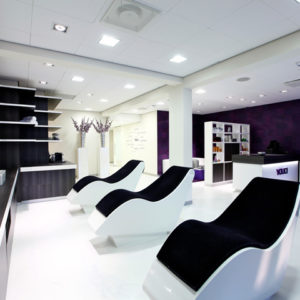
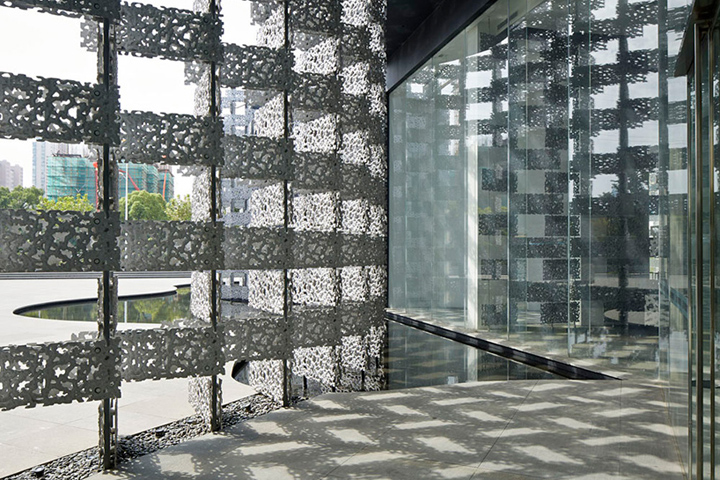

In Wuxi, a city near Shanghai in Eastern China, Japanese architect Kengo Kuma has converted a former cotton mill into an arts and shopping complex. The original red brick building, which dates back to the 1960s, has been completely renovated, while a sculptural addition lends the venue a new sense of identity. In designing the extension, the architects referenced the shape of a local stone that remains significant in Taihu culture.

A shallow pool of water surrounds the gallery, delineating a threshold and providing a connection with the natural environment. The structure itself comprises a number of aluminum cast panels that allow sunlight to gently filter inside the glazed exhibition space. The extension forms am amoeba-shaped footprint, joined to the brickwork of the former mill. The renovated building provides further gallery space, alongside a range of retail outlets and offices.
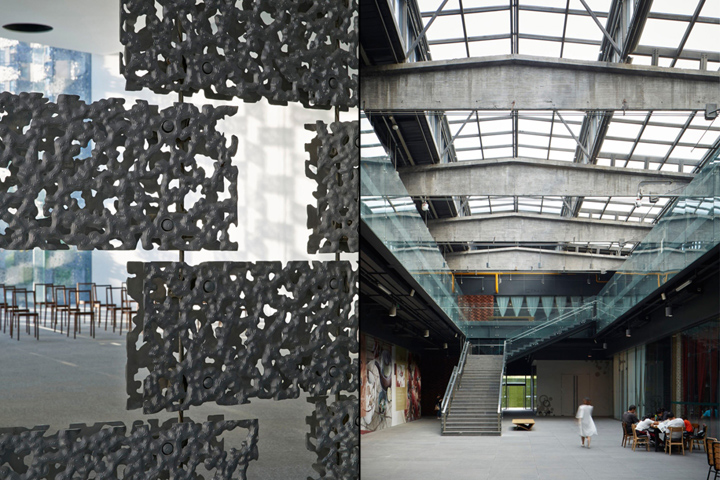
Benches and other furniture designed by Kengo Kuma are placed throughout all areas of the scheme, providing a unifying visual aesthetic. Occupying more than 10,000 square meters, the development serves as a connection between the site’s industrial past, and its cultural future.
Architects: Kengo Kuma and Associates
Photography: Eiichi Kano
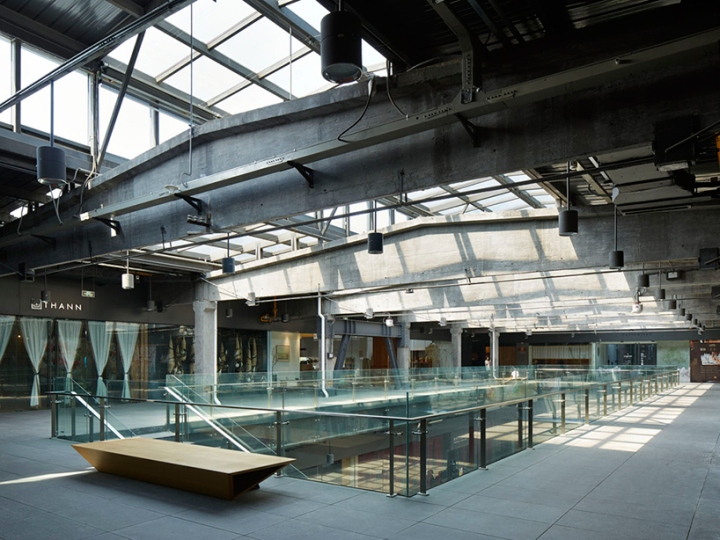
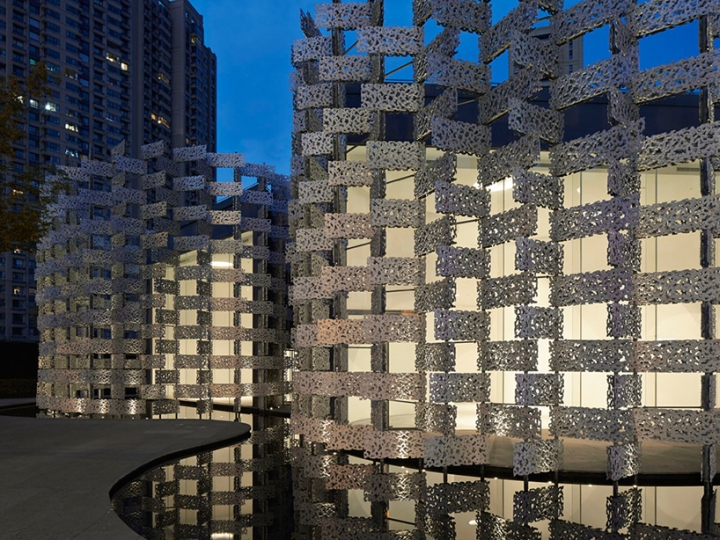


http://www.designboom.com/architecture/kengo-kuma-wuxi-vanke-art-gallery-china-03-03-2016/






Add to collection
